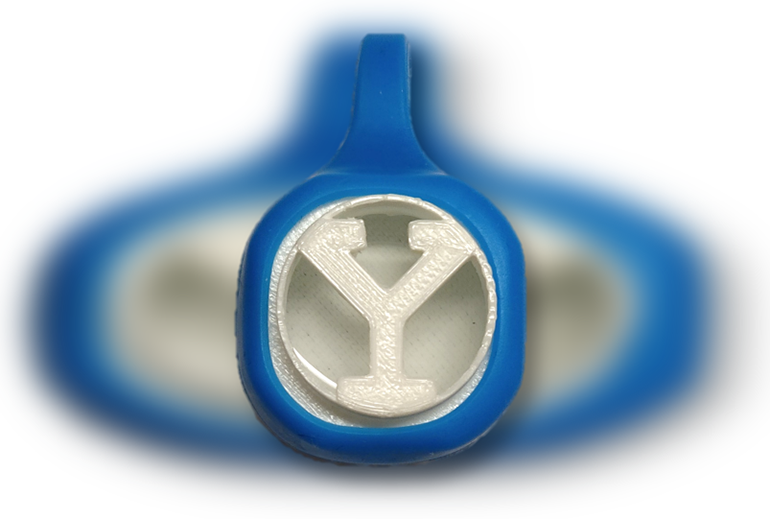Researchers at Yale University have developed a wearable air sampler clip that can be worn on clothing and can capture aerosols present in the environment. The clip can later be analyzed to determine the level of SARS-CoV-2 exposure while wearing it. The low-cost, battery-free technology could allow people to identify unsafe indoor environments that may require additional security measures. While the design doesn’t allow for real-time virus monitoring, its low cost and ease of use could make it an easy way to improve virus security in workplaces and healthcare facilities.
As we learn to live with SARS-CoV-2, our tactics for dealing with it have changed. In the early days of the pandemic, when vaccines were not yet available, many countries opted for strict lockdowns and restrictions on movement combined with basic hygiene practices like handwashing. Now, with the advent of the less severe but more transmissible Omicron variant, immunization protection, rapid testing and mask wearing have come to the fore.
Part of that effort is making indoor spaces more COVID-safe. Increased air movement and ventilation could help reduce the buildup of virus-laden aerosols, and in the future more advanced solutions like air filters for decontamination could become commonplace.
Identifying where the virus accumulates indoors is also crucial to reducing transmission and designing indoor spaces to be as safe as possible. One method is to actively probe the air to detect viral particles. However, active air samplers are typically large, expensive, and require a power source. These researchers have created an inexpensive passive alternative that can be worn on clothing throughout the day and later analyzed using PCR to determine the wearer’s personal exposure.
The researchers call their device the Fresh Air Clip, and it’s made of a polydimethylsiloxane (PDMS) surface that can continuously bind virus-laden aerosols throughout the day. So far, researchers have tested the device in a machine that produces aerosols similar to those produced when you speak, cough, sneeze or sing. The aerosols contained a surrogate virus that is much safer to work with than SARS-CoV-2, and the researchers were able to successfully detect the virus on the clips using PCR.
Finally, a group of 62 volunteers tested the clips “in the wild” and wore them for 5 days while going about their normal work. The researchers subsequently detected SARS-CoV-2 in five clips, four of which were worn by restaurant waiters, highlighting the high virus exposure of people working in the service industry.
Studying in Environmental Science & Technology Letters: Development and application of a polydimethylsiloxane-based passive air sampler to assess personal exposure to SARS-CoV-2
Over: jale
